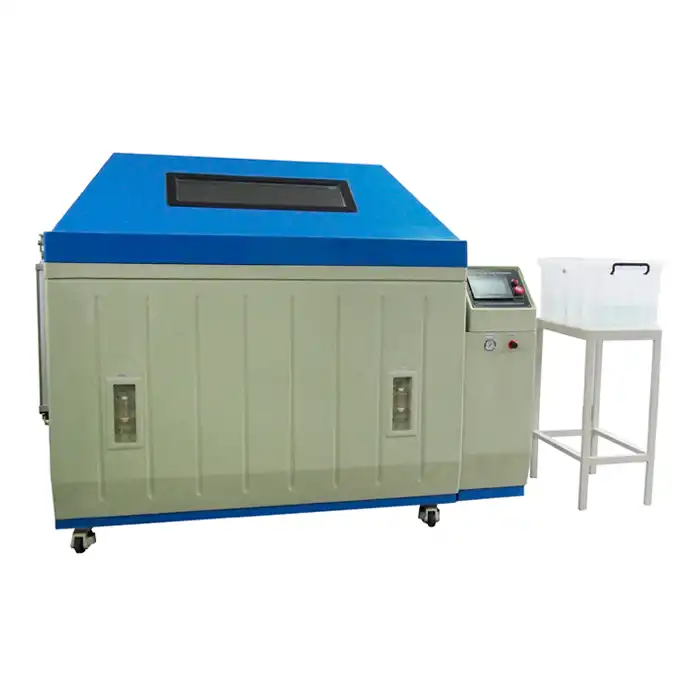What is the UV weather test?
Introduction
UV weather testing is a crucial process used to evaluate how materials withstand prolonged exposure to ultraviolet (UV) light. This testing simulates the effects of sunlight, heat, and moisture on various materials, allowing manufacturers to predict product longevity and durability. The UV weather test chamber, specifically designed for this purpose, provides a controlled environment to accelerate the weathering process, offering valuable insights into a material's performance over time.
How Does a UV Weather Test Chamber Work?
A UV weather test chamber operates by replicating the environmental conditions that cause material degradation. The chamber uses UV light sources, such as fluorescent UV lamps or xenon arc lamps, to simulate sunlight. These lamps emit UV radiation that mimics the sun's spectrum, accelerating the aging process of materials. The chamber also controls temperature, humidity, and can introduce cycles of condensation and water spray to simulate dew and rain.
Types of UV Light Sources
There are several types of UV light sources used in these chambers, each with its specific applications:
Fluorescent UV Lamps: These are stable and provide consistent results, ideal for testing the effects of UV on polymers, coatings, and other non-metallic materials.
Xenon Arc Lamps: These lamps simulate full-spectrum sunlight, including visible and infrared light, making them suitable for testing materials exposed to both indoor and outdoor light.
UVB-313EL Lamps: These provide short-wave UV radiation, which can be more severe than natural sunlight and are used for highly durable materials.
Testing Parameters
Key parameters controlled in UV weather test chambers include:
Irradiance: The intensity of UV light, which affects the rate of material degradation.
Temperature: Higher temperatures can accelerate the chemical reactions that cause aging.
Humidity and Condensation: These simulate the effects of dew and rain, which can lead to material erosion and other types of weathering.
Why is UV Weather Testing Important for Material Durability?
UV weather testing is essential for understanding how materials will perform over time when exposed to sunlight and other environmental conditions. This testing helps manufacturers improve product design, ensure quality, and meet regulatory standards.
Enhancing Product Design
By identifying potential weaknesses in materials, manufacturers can make informed decisions about material selection and product design. For example, UV testing can reveal issues like color fading, loss of mechanical properties, and structural integrity degradation.
Quality Assurance
UV weather testing ensures that products meet high-quality standards before they reach the market. It helps in verifying that materials will maintain their appearance and functionality over the product's intended lifespan.
Regulatory Compliance
Many industries have stringent regulations regarding material performance under UV exposure. UV weather testing helps ensure that products comply with these standards, facilitating market access and reducing liability risks.
What Materials Require UV Weather Testing?
A wide range of materials benefit from UV weather testing, including polymers, coatings, textiles, and even certain metals. Each material type responds differently to UV exposure, making tailored testing protocols essential.
Polymers and Plastics
Polymers and plastics are highly susceptible to UV degradation, which can cause discoloration, brittleness, and loss of mechanical strength. UV testing helps predict these changes, enabling the development of more UV-resistant formulations.
Coatings and Paints
Coatings and paints often require UV testing to ensure they can withstand prolonged exposure to sunlight without fading or chalking. This is particularly important for automotive, aerospace, and architectural applications.
Textiles
Textiles used in outdoor environments, such as awnings, tents, and outdoor furniture, must resist UV-induced fading and weakening. UV weather testing assesses these properties to ensure longevity and durability.
How Do Different UV Weather Test Chambers Compare?
Various UV weather test chambers offer different features and capabilities, each suited to specific testing needs. Here are some common types:
QUV Accelerated Weathering Tester
The QUV tester is known for its use of fluorescent UV lamps and controlled condensation. It is widely used for testing polymers, coatings, and textiles. The QUV tester's SOLAR EYE system maintains precise light intensity, ensuring consistent and repeatable results.
Xenon Arc Testers
Xenon arc testers simulate the full spectrum of sunlight and are ideal for materials exposed to both UV and visible light. They provide a comprehensive assessment of material performance under real-world conditions.
UVB-313EL Testers
These testers use short-wave UV radiation to provide highly accelerated aging. They are suitable for testing durable materials and those requiring quick results. However, they can sometimes produce more severe effects than natural sunlight.
What Are the Future Trends in UV Weather Testing?
The field of UV weather testing is continuously evolving with advancements in technology and materials science. Future trends include:
Advanced Simulation Techniques
New simulation techniques are being developed to better mimic the complex interactions between UV light, temperature, and humidity. These advancements aim to provide even more accurate predictions of material performance.
Sustainable Testing Practices
As environmental concerns grow, there is a push towards more sustainable testing practices. This includes the development of eco-friendly materials for test chambers and the use of renewable energy sources for powering these devices.
Integration with Digital Technologies
Digital technologies, such as real-time monitoring and data analytics, are being integrated into UV weather testing. These tools enhance the accuracy and efficiency of testing, providing more detailed insights into material behavior under UV exposure.
Conclusion
UV weather testing is a vital process for assessing material durability and ensuring product quality. By simulating the effects of UV light, temperature, and moisture, UV weather test chambers provide valuable data that helps manufacturers design more durable and reliable products. As technology advances, UV weather testing will continue to evolve, offering even more precise and sustainable solutions for material testing.
For more information, feel free to contact us at ellen@lib-industry.com.
References
Linkotest. "UV Testing 101: An Ultimate Guide." Available at linkotest.com.
Element. "Ultraviolet Exposure & UV Testing Services." Available at element.com.
Q-Lab. "QUV Accelerated Weathering Tester." Available at q-lab.com.
Micom. "UV Testing FAQs – 15 Most Frequent Questions and Answers." Available at micomlab.com.
ASTM International. "Standard Practices for Operating Xenon Arc Light Apparatus for Exposure of Non-Metallic Materials."
ISO. "Plastics — Methods of Exposure to Laboratory Light Sources — Part 2: Xenon-Arc Lamps."
SAE International. "Standard for Accelerated Exposure of Automotive Exterior Materials Using a Controlled Irradiance Xenon-Arc Apparatus."
US EPA. "UV Index Overview." Available at epa.gov.
WHO. "Radiation: The Ultraviolet (UV) Index." Available at who.int.
Mayo Clinic. "UV Radiation and Skin Cancer." Available at mayoclinic.org.



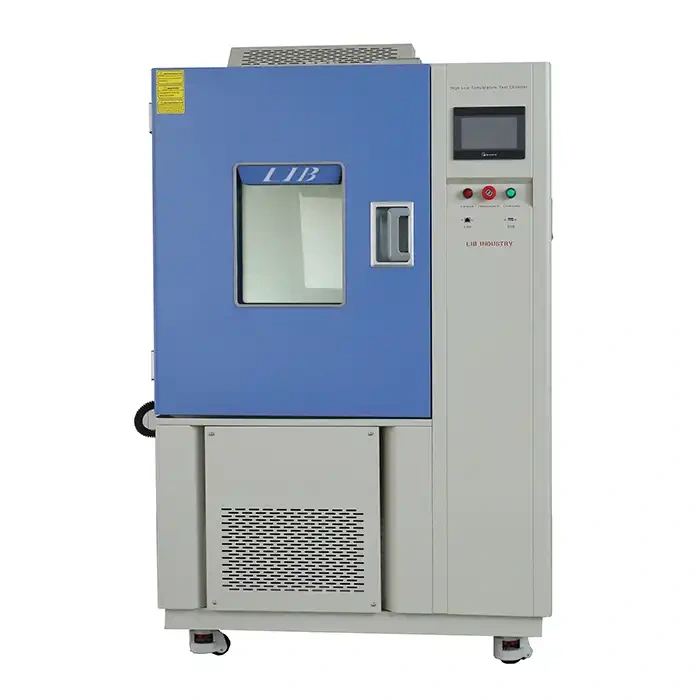
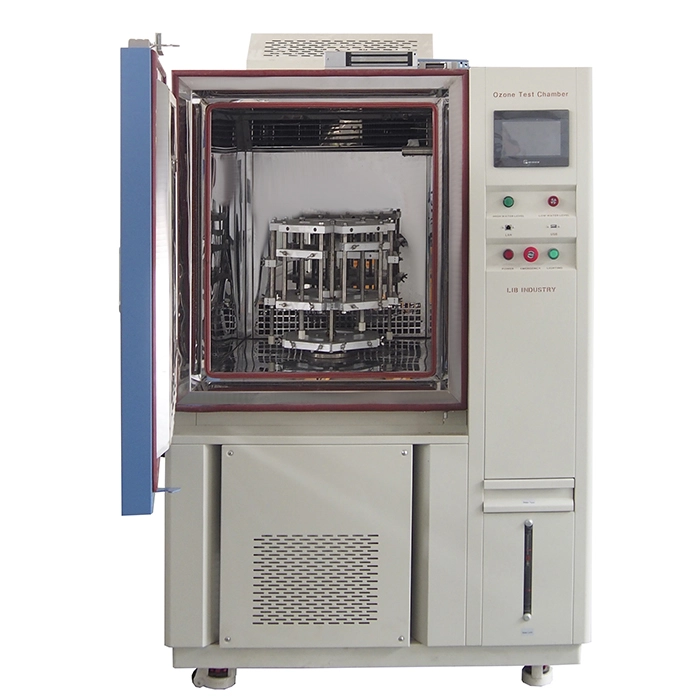
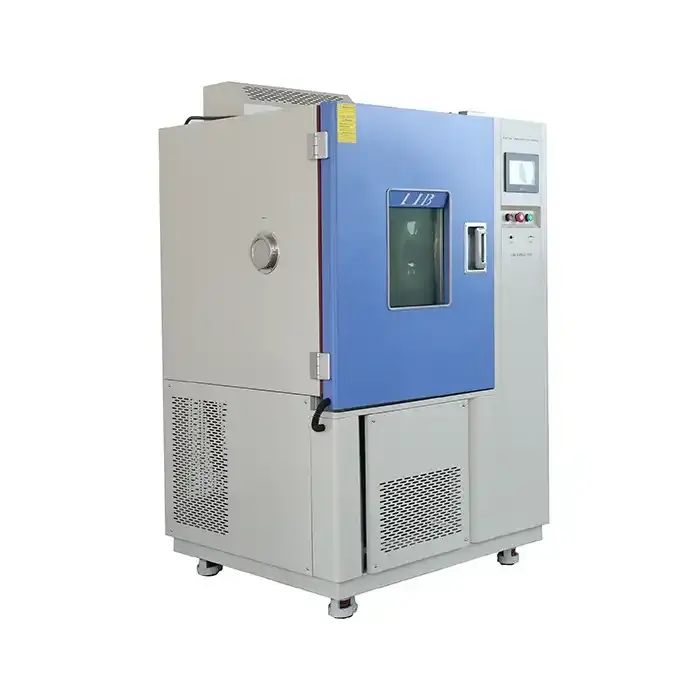
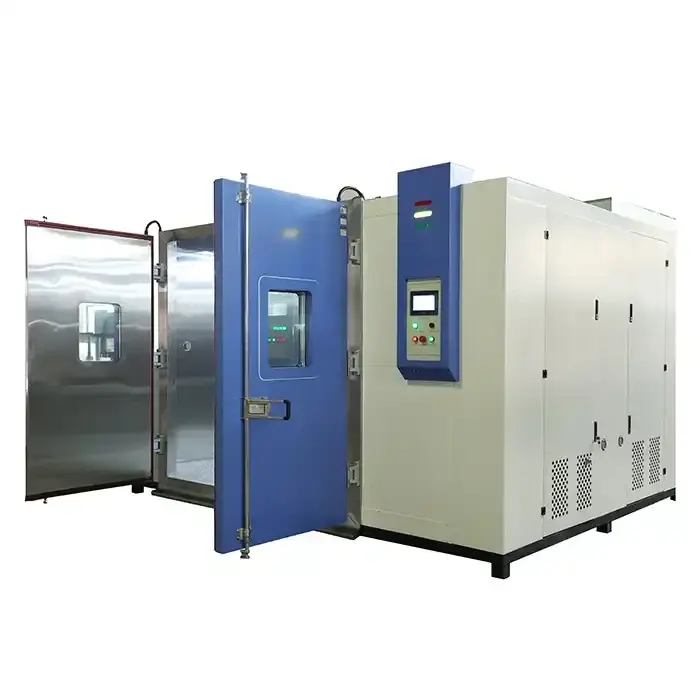
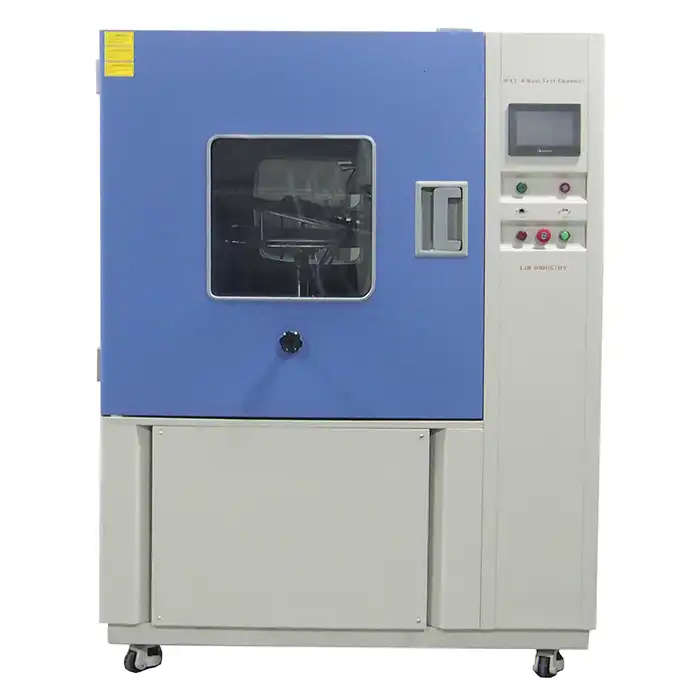
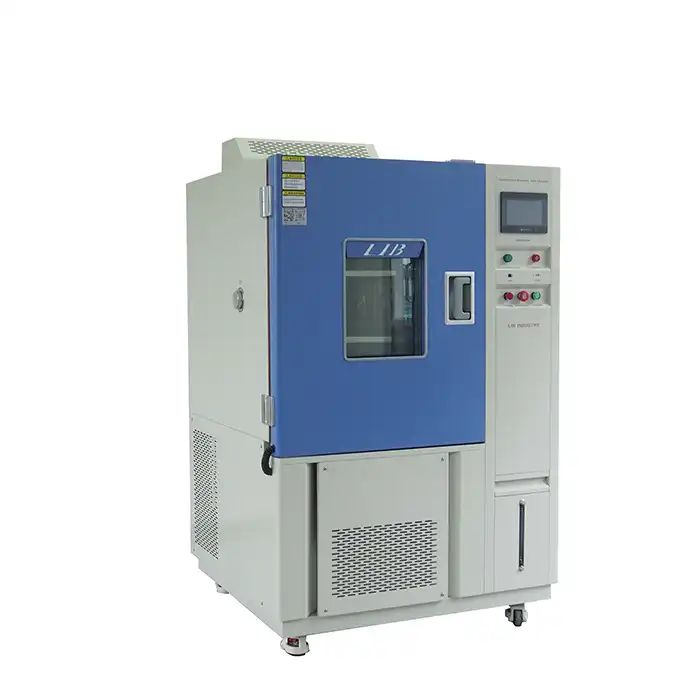
.webp)
